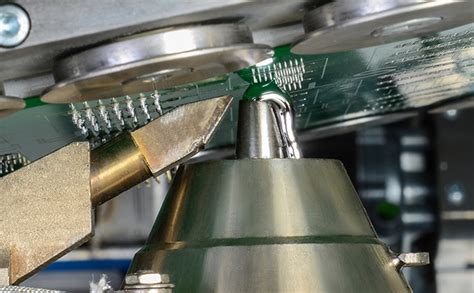
RF & Microwave Blog
-
 Read more: What problems should we pay attention to when drawing PCB from soldering
Read more: What problems should we pay attention to when drawing PCB from solderingIntroduction to PCB Soldering Printed Circuit Board (PCB) soldering is a crucial process in electronic manufacturing that involves joining electronic components to the PCB using molten solder. The quality of the solder joints directly affects the reliability and performance of the electronic device. Therefore, it is essential to pay attention […]
-
How to solve the problem of QFP solder bridging
Posted by
–
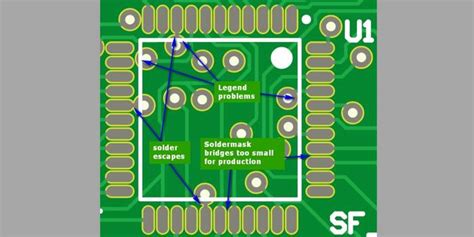 Read more: How to solve the problem of QFP solder bridging
Read more: How to solve the problem of QFP solder bridgingUnderstanding QFP Solder Bridging What is QFP Solder Bridging? QFP solder bridging is a defect that occurs when excess solder accumulates between adjacent leads of a QFP package, creating an unintended electrical connection. This unwanted connection can cause short circuits, leading to device malfunction or failure. Causes of QFP Solder […]
-
 Read more: The Use of Silk Screen Technology in Printed Circuit Board PCB
Read more: The Use of Silk Screen Technology in Printed Circuit Board PCBWhat is PCB Silkscreen Printing? PCB silkscreen printing is a process used in the manufacturing of printed circuit boards to apply text, logos, and other markings onto the surface of the PCB. The silkscreen process involves using a fine mesh screen, typically made of polyester or stainless steel, to transfer […]
-
How to Remove Metals From Printed Circuit Boards
Posted by
–
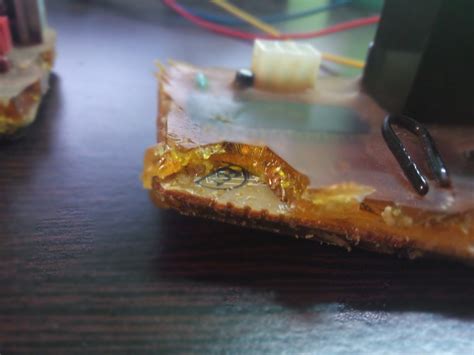 Read more: How to Remove Metals From Printed Circuit Boards
Read more: How to Remove Metals From Printed Circuit BoardsIntroduction to PCB Metal Removal Printed Circuit Boards (PCBs) are an essential component in modern electronics. They are used in a wide range of devices, from smartphones and computers to industrial machinery and medical equipment. PCBs are made up of a variety of materials, including metals such as copper, gold, […]
-
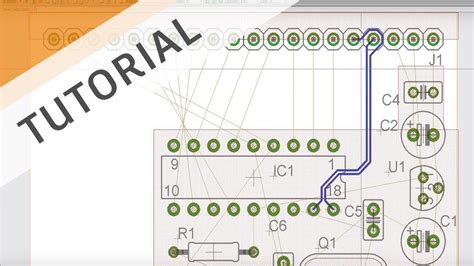 Read more: PCB Layout in right angle alignment the differential traces and serpentine lines
Read more: PCB Layout in right angle alignment the differential traces and serpentine linesIntroduction to PCB Layout and Differential Traces Printed Circuit Board (PCB) layout is a crucial aspect of electronic design, as it determines the performance, reliability, and functionality of the final product. One of the most important considerations in PCB layout is the routing of differential traces, which are used to […]
-
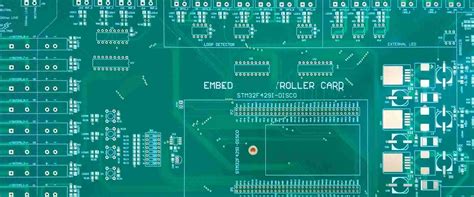 Read more: Why is RAYPCB production resumed much faster than its competitors
Read more: Why is RAYPCB production resumed much faster than its competitorsRAYPCB’s Swift Resumption Amidst Industry Challenges The printed circuit board (PCB) industry has faced numerous challenges in recent years, from supply chain disruptions to global economic uncertainties. However, one company has managed to navigate these obstacles and resume production at an impressive pace: RAYPCB. In this article, we will explore […]
-
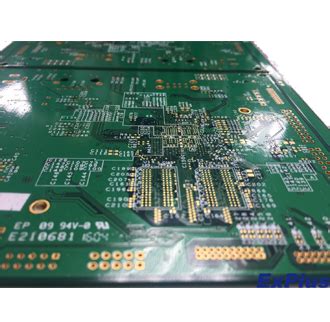 Read more: BGA in PCB Assembly Types benefits and inspection techniques
Read more: BGA in PCB Assembly Types benefits and inspection techniquesIntroduction to BGA in PCB Assembly Ball Grid Array (BGA) is a surface-mount packaging technology used for integrated circuits (ICs) in printed circuit board (PCB) assembly. BGA packages have become increasingly popular due to their ability to provide a high density of interconnects in a small footprint, making them ideal […]
-
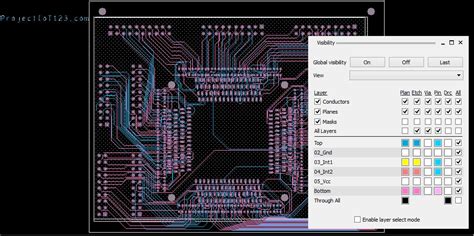 Read more: New Cadence Allegro PCB design next generation productivity platform change
Read more: New Cadence Allegro PCB design next generation productivity platform changeIntroduction to Allegro PCB Cadence Allegro PCB Designer is a powerful and comprehensive printed circuit board (PCB) design solution widely used in the electronics industry. It offers a wide range of features and tools to streamline the PCB design process, from schematic capture to final board layout and manufacturing output. […]
-
Grounding of the Printed Circuit Boards
Posted by
–
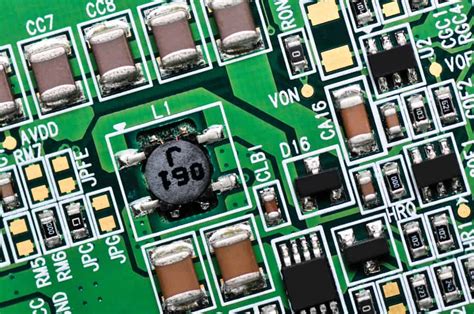 Read more: Grounding of the Printed Circuit Boards
Read more: Grounding of the Printed Circuit BoardsWhy Proper PCB Grounding is Essential Printed circuit boards (PCBs) are the foundation of virtually all modern electronic devices. They provide the physical structure to mount components and the conductive pathways to electrically connect those components together into functional circuits. One of the most critical aspects of PCB design is […]
-
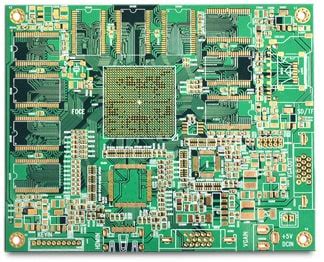 Read more: Choosing the right surface finish for your PCB project
Read more: Choosing the right surface finish for your PCB projectUnderstanding PCB Surface Finishes A PCB surface finish is a thin layer of metal or organic compound applied to the exposed copper traces and pads of a printed circuit board. Its primary purpose is to prevent the oxidation of the copper surface, which can degrade the solderability and electrical performance […]
Recent Posts
- How to Select Material for Your PCBs from Cost and Reliability Considerations
- Problems of EMC Technology Application in PCB Design of Electronic Devices and the Strategies
- Fabrication Technology on Flex-Rigid PCB Window
- Problems of High-Frequency and High-Speed Multilayer PCB Fabrication and Their Solutions
- Key Difficulties and Tips for Backplane PCB Fabrication